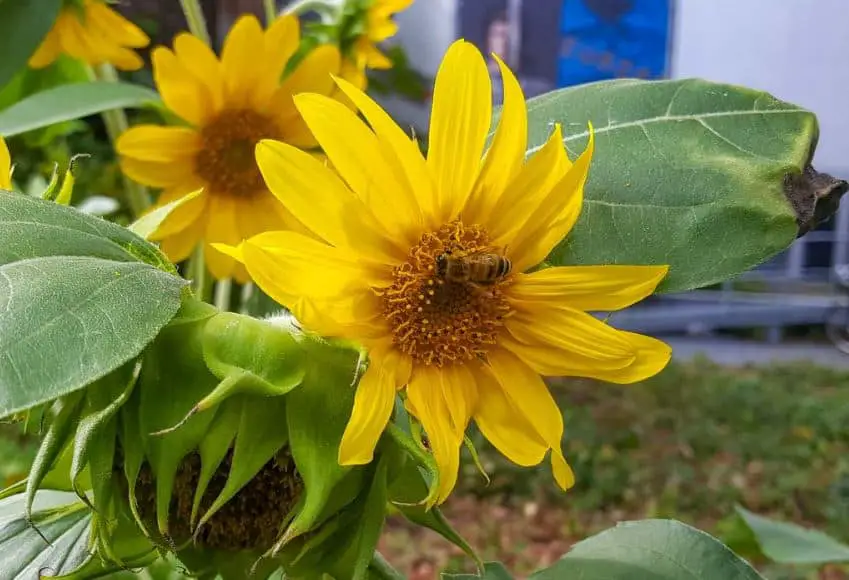Is anyone who dislikes sunflowers? Their towering stature and generous, cheery blooms spread happiness wherever they are planted. Celebrate a hidden but expanding celebration on May 1st when people plant sunflower seeds to enhance their neighborhoods.

About Guerrilla Gardening
The guerilla gardening movement grows on vacant lots to reclaim their communal places. Technically speaking, since the guerilla gardeners don’t own the places, this activity is often prohibited. However, it has gained popularity and is now a common pastime that only enhances unused areas instead of harming anything.
The American folk hero Johnny Appleseed, sometimes John Chapman, was a well-known early practitioner of guerilla gardening. In the early 1800s, he established acres of apple orchards throughout the western border.
Unlike today’s guerilla gardeners, who are more akin to social fighters, Johnny Appleseed was probably searching for a method to make a profit. Liz Christy, the founder of the Green Guerrillas, an organization that in the 1970s transformed vacant spaces in New York City into gardens, is credited with coining the expression.
International Guerrilla Gardening Day for Sunflowers
Since the 1970s, urban guerrilla gardening has expanded. Worldwide organizations and movements are included in it. In Brussels, Belgium, one of these teams established International Sunflower Guerrilla Gardening Day in 2007.
It serves as a day of guerilla gardening awareness and a chance for newcomers to participate. The sunflower is a fantastic option for a variety of factors. It thrives in various environments, grows tall to cover unattractive parts, enhances the soil quality, and, of course, lights up rooms.
How to Get Involved
This activism may take many forms, from carefully planned plantings to guerilla gardening using seed bombs on vacant lands. Everybody has a place, regardless of their preferences or level of comfort, with the guerrilla nature of the activity. A few methods to take part are as follows:
Sunflowers may be grown in your own backyard if you feel uncomfortable planting on land that isn’t yours. Sunflower seeds may be planted in sunny regions to enhance your environment. So that everyone in the neighborhood may enjoy sunflowers in the autumn, plant them where passersby can see them.
Find an urban or community garden in your area, then donate your time there. Offer to assist with any additional tasks they need and plant some sunflowers in spring.
Speak with your city about vacant lots. They could be overjoyed if they learn you wish to plant in vacant locations. It never hurts to inquire about bringing some joy to these vacant areas.
Not many people will complain if you add some beauty to a place that is otherwise just dirt or trash. Look for abandoned sites without evident claims and plant seeds to commemorate the day. If utilizing a spot you can’t return to and tend to, it is advisable to overseed. Not all seeds will sprout or survive being consumed by animals.
Growing Sunflowers
Make your efforts worthwhile by doing the following actions if you intend to accomplish more than merely blast a region with seeds:
- Try to choose a spot exposed to sunlight for at least six hours a day and with soil that drains effectively.
- Remove weeds, turn the soil, and add some compost.
- Plant seeds at least 6 inches (15 cm) apart, no deeper than 1 inch (2.5 cm).
- Return in a few weeks to sow extra seeds for staggered blossoms in the autumn.
- If there isn’t much rain, try to water the area once a week.
The sunflower is the ideal symbol for guerilla gardening and gardening as a protest. Nobody can remain angry when one of these tall, cheery flowers sprouts.
We have loved getting to know hundreds of community gardeners working to reclaim public spaces in the spirit of gardening as a member of our Community Gardening Sponsorship program. Read our interview series Community Gardening for Everyone to learn more about some of them.

